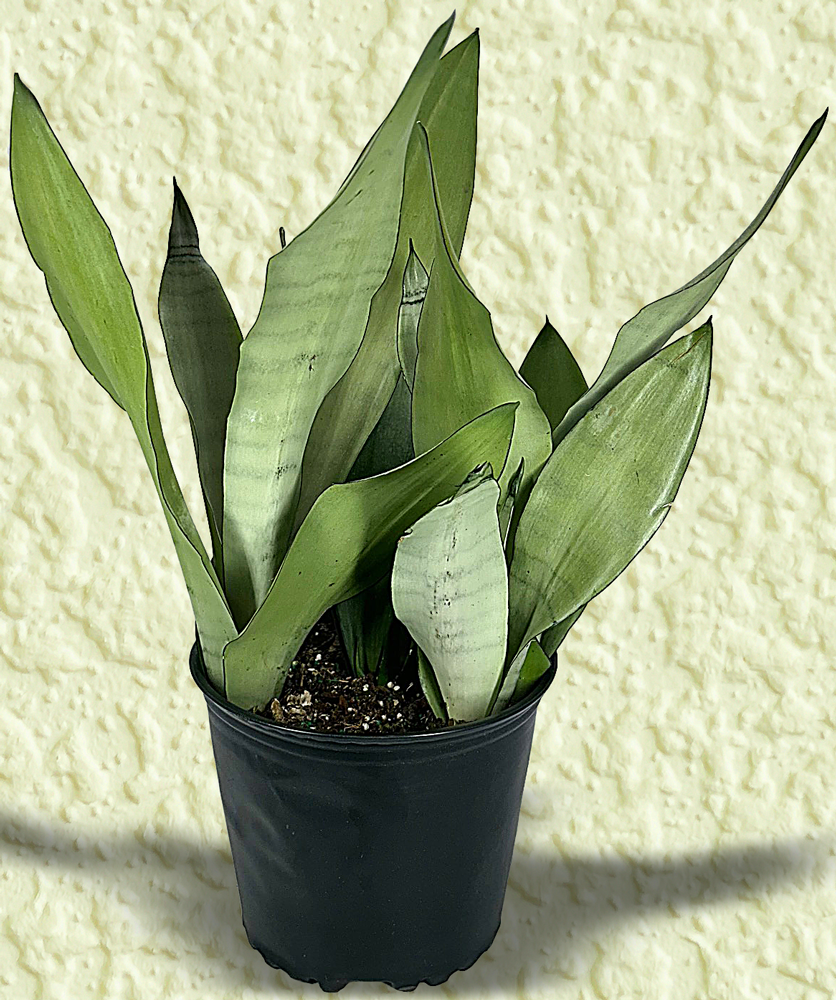![]()
Sansevieria Asparagaceae Nolinoideae
Sansevieria is a historically recognized genus of flowering plants, native to Africa, notably Madagascar, and southern Asia, now included in the genus Dracaena, placed in the family Asparagaceae, subfamily Nolinoideae.
There is great variation within the species; they range from succulent desert plants such as Dracaena pinguicula to thinner leafed tropical plants such as Dracaena trifasciata. Plants often form dense clumps from a spreading rhizome or stolons. The leaves of Sansevieria species are typically arranged in a rosette around the growing point, although some species are distichous.
Sansevieria are usually small in pots, and their variance is too broad to be accurately described in a single article - you just have to see all the different varieties that are available!
According to a NASA Clean Air Study, Dracaena trifasciata is capable of purifying air by removing some pollutants such as formaldehyde, xylene, and toluene. Sansevierias absorbs carbon dioxide at night, although oxygen is released during daylight. Nighttime absorption of CO2 purportedly makes them especially suitable bedroom plants.
According to feng shui, because the leaves of sansevierias grow upwards, the plants can be used for feng shui purposes. They are recommend placing pots near the toilet tank to counter the drain-down vibrations.
Since the leaves are potentially poisonous if ingested, they are not recommended for exposure to children or pets.
Things You Need To Know
Indoors or Outdoors, both with indirect sunlight. They prefer warm days outside.
Only some Sansevieria grow flowers, those that do are usually greenish-white, also rose, lilac-red, brownish, produced on a simple growth or branch. The branch of a flowered shoot will no longer produce new leaves.
Requires soil with good drainage
.
3' - 4' in height, and 2' - 3' around.
These can be part of any arrangement that blends well with other plants.
Hardy and tough in warm environments, they still do well as houseplants. In cold climates they still grow well in bright but not direct light.



